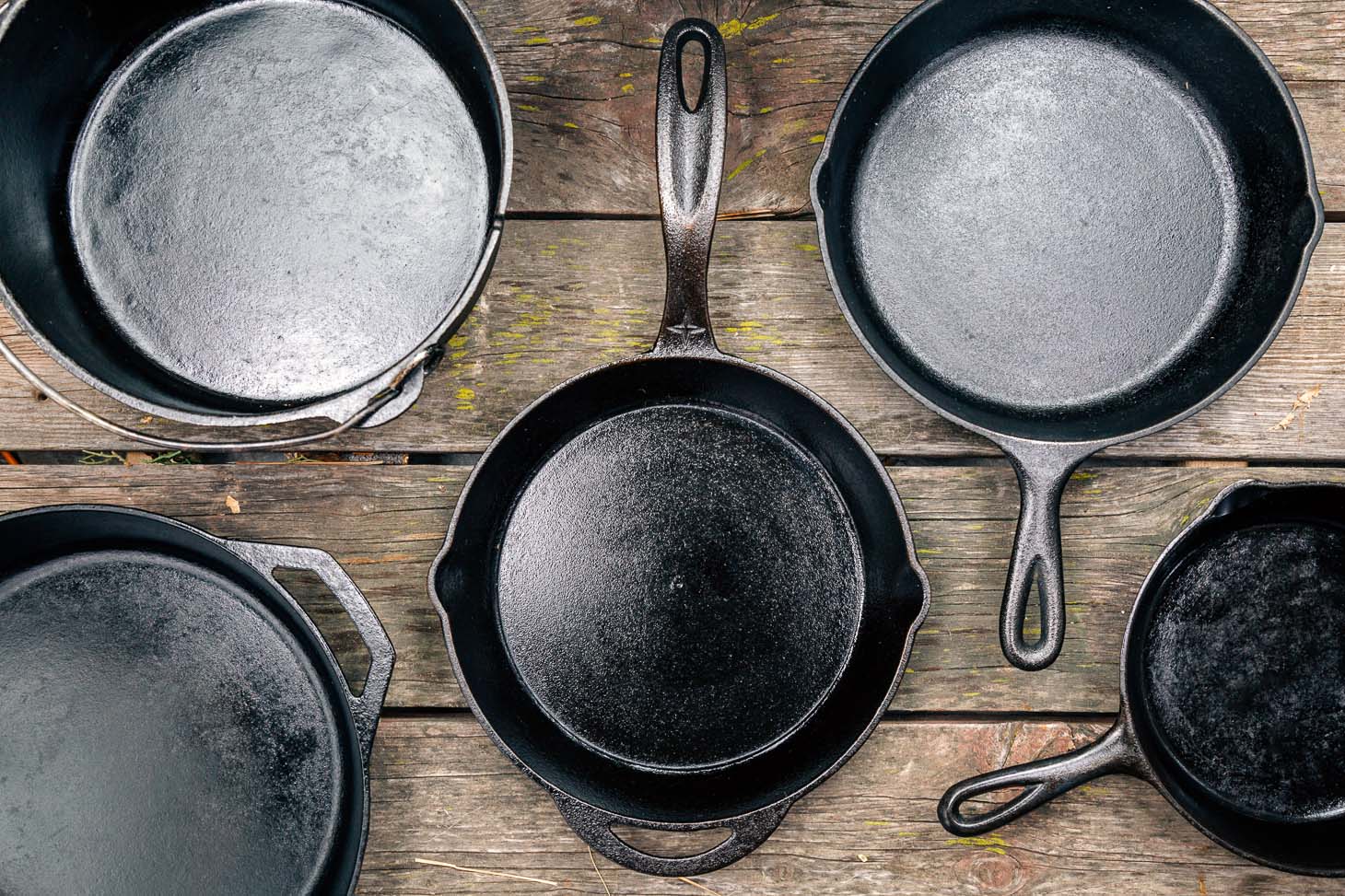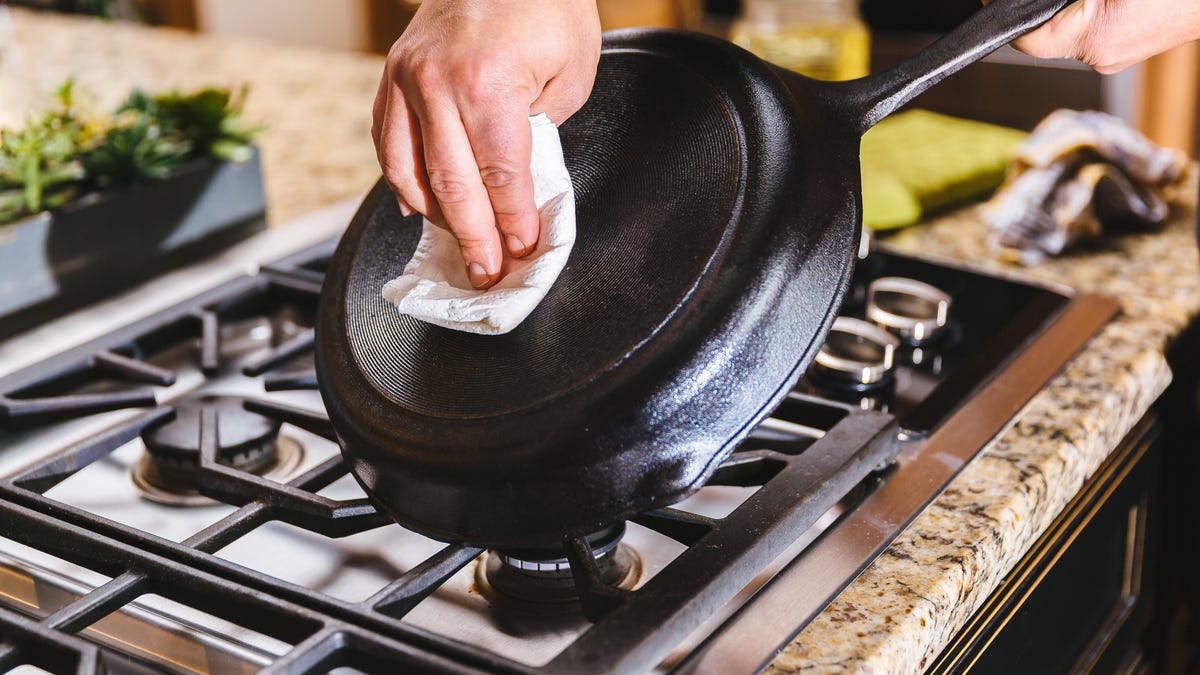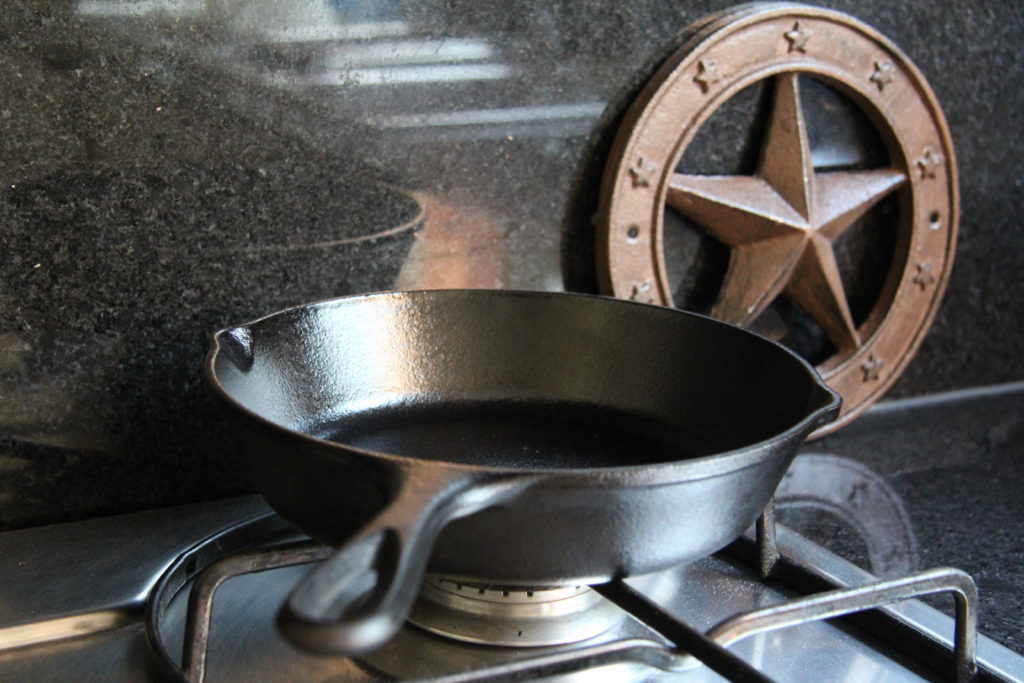For kitchen professionals, maintaining the integrity of cast iron cookware is crucial. One of the most asked questions in our community is how to strip cast iron seasoning effectively. While cast iron cookware is known for its durability and amazing heat retention capabilities, improper seasoning can lead to a sticky or uneven surface. In cases where you need to completely remove the seasoning, understanding the best methods is imperative for optimal performance in your kitchen.
The process of stripping cast iron seasoning involves various techniques, and each comes with its own set of advantages and potential drawbacks. This article will guide you through best practices, common mistakes, and frequently asked questions, thus helping you achieve the desired outcome with confidence.

Why You Might Need to Strip Cast Iron Seasoning
Despite its popularity, cast iron seasoning may not always meet the expectations of kitchen professionals. Over time, the seasoning can become flaky, sticky, or uneven, leading to unsatisfactory cooking results. Here are a few reasons why you might find yourself wondering how to strip cast iron seasoning:
- Excessive buildup: Too many layers of seasoning can affect the quality of food cooked on the surface.
- Improper seasoning: Using the wrong type of oil or method can lead to undesirable results.
- Restoration: An old or neglected piece of cast iron cookware might require complete restoration.
Understanding why stripping the seasoning is necessary helps in making an informed decision of how to proceed with the process.
Methods for Stripping Cast Iron Seasoning
Stripping the seasoning from cast iron cookware can follow various methods. Below are some effective techniques:
1. Oven Cleaning Method
One of the most effective methods to strip cast iron seasoning is the oven cleaning route. This method uses the self-cleaning feature of your oven to burn off old seasoning.
- First, check your oven manual for instructions and safety precautions.
- Place the cast iron skillet upside down in the oven. This helps catch any debris that falls off during the cleaning process.
- Set the oven to the self-clean mode and let it run for several hours.
- Once the cycle is complete, let the oven cool down completely before removing the cookware.
This method is straightforward and effective but be aware that it can be harsh on your cookware. Always perform a safety check to avoid damage.
2. Chemical Strippers
If you find your seasoned cast iron still stubbornly resistant after using the oven method, chemical strippers may offer a definitive solution. Heres how you do it:
- Purchase a non-toxic chemical stripper designed for cookware.
- Apply the stripper according to manufacturer guidelines.
- Scrub the surface with steel wool until the seasoning is removed.
- Rinse thoroughly with water and allow it to dry completely.
Make sure to wear gloves and take necessary precautions while handling chemical strippers. For safe alternatives, consider checking out this insightful guide.
3. Baking Soda Paste
Baking soda can also be an effective and eco-friendly option. It works well for less severe cases of stuck seasoning. Heres how:
- Mix baking soda with water to form a thick paste.
- Apply the paste to the affected areas and allow it to sit for about 30 minutes.
- Scrub the mixture off using steel wool or a stiff brush.
- Rinse and dry the cookware completely.
This method is less aggressive, making it ideal for preserving any underlying seasoning when it is mostly intact.
What to Do After Stripping
Once you have successfully stripped the seasoning, it is crucial to properly re-season your cast iron cookware. Heres how:
- Preheat your oven to 450F (232C).
- Use a clean cloth to apply a thin layer of oil (preferably flaxseed or grapeseed) all over the cookware.
- Place the pan upside down in the oven, using a baking sheet to catch drips from the pan.
- Bake for about an hour, then turn off the oven and let it cool.
This new layer of seasoning is important for the maintenance of your cookware. If you want more information on oils suitable for seasoning, refer to this resource.
Common Mistakes to Avoid
Improper stripping and reseasoning can lead to even more frustrating results. Here are some common mistakes to steer clear of:
- Stripping Too Aggressively: Using overly harsh methods can damage the cast iron.
- Skipping the Rinse: Failing to thoroughly rinse off residues can lead to sticky surfaces.
- Improper Heating: Not preheating the oven when reseasoning can result in uneven coating.
Awareness of these pitfalls can make all the difference in maintaining your cast irons longevity.
Frequently Asked Questions
1. How do I know when to strip the seasoning off my cast iron?
If your cookware has developed a sticky surface, inconsistent coloring, or an off-putting odor, it might be time to strip the seasoning.
2. Can I use the dishwasher to clean my cast iron?
No, you should never use the dishwasher, as it will strip the seasoning. Its best to hand wash using hot water and a stiff brush.
3. Is it necessary to reseason after stripping?
Yes, reseasoning is crucial to prevent rust and prepare the surface for cooking.
:max_bytes(150000):strip_icc()/GettyImages-614986450-2000-f7ac499e535845c2903ff48843e0b142.jpg)
Conclusion
Understanding how to strip cast iron seasoning is key to maintaining your cookware and achieving culinary excellence. By following the outlined methods and avoiding common mistakes, you will ensure that your cast iron remains in optimal condition for years to come. Familiarity with these techniques is not just for maintaining your kitchen but also for impressing your clientele with equally impeccable flavors delivered on a flawless cooking surface.
For more insights into seasoning techniques and issues, check out this valuable article.
As an Amazon Associate, I earn from qualifying purchases.






Leave a comment
This site is protected by hCaptcha and the hCaptcha Privacy Policy and Terms of Service apply.